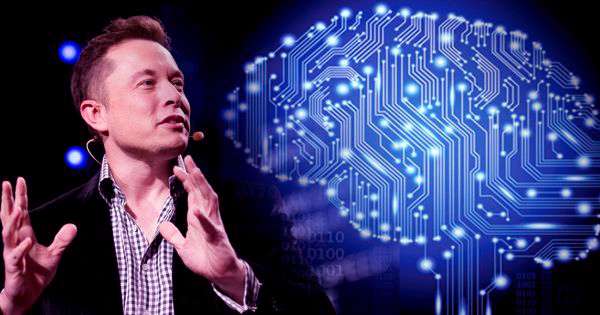Speaking at the California Academy of Sciences in San Francisco on Tuesday evening, Musk revealed that they have tested an implant that allows a monkey to control a computer with its brain. They have also contacted U.S. regulators for approval to test the device in humans. This implant hopes to create an instantaneous interface between the digital system and the brain, where the computer becomes a non-stop extension of our own knowledge. As Musk explains, people already interface with digital systems whenever we use smartphones or laptops. However, the input is achieved by tapping our fingers and thumbs; the flow of information is relatively slow.
According to a white paper on the project, which has not been peer-reviewed individually, at least 19 surgeries have been performed by robots with an 87% success rate. They have even created a robot that is capable of implanting the device in animals, primarily rats, under the supervision of a neurosurgeon.
The device contains a tiny probe of ultrathin flexible threads, thinner than human hair, which can detect the activity of neurons and effectively “read” the brain, although only a very small fraction of it.
It certainly sounds all exciting but it can still overcome countless obstacles and problems before it becomes a reality. Neuralink executives told the New York Times that they knew they had a “long way to go” before the project could be put to practical use. Finally, Neuralink is optimistic that it will be used to treat an array of brain injuries and diseases, including everything from paralysis to Alzheimer’s.
“Ultimately, we can have a complete brain-machine interface, which means – [sic] it sounds pretty amazing, however – we can achieve a kind of symbiosis through artificial intelligence, Musk told the crowd at the event. In the long run, it also hopes to curb the “threat to the existence of AI” in Musk’s words. The theory is that a non-stop human-computer interface would give humanity the option of befriending AI, in contrast to low-level confusion. “I think it’s going to be important on a civilization-wide scale,” he added. “Even under the majestic AI, we will be behind. The high-bandwidth brain-machine interface will be the way to go with us.
















